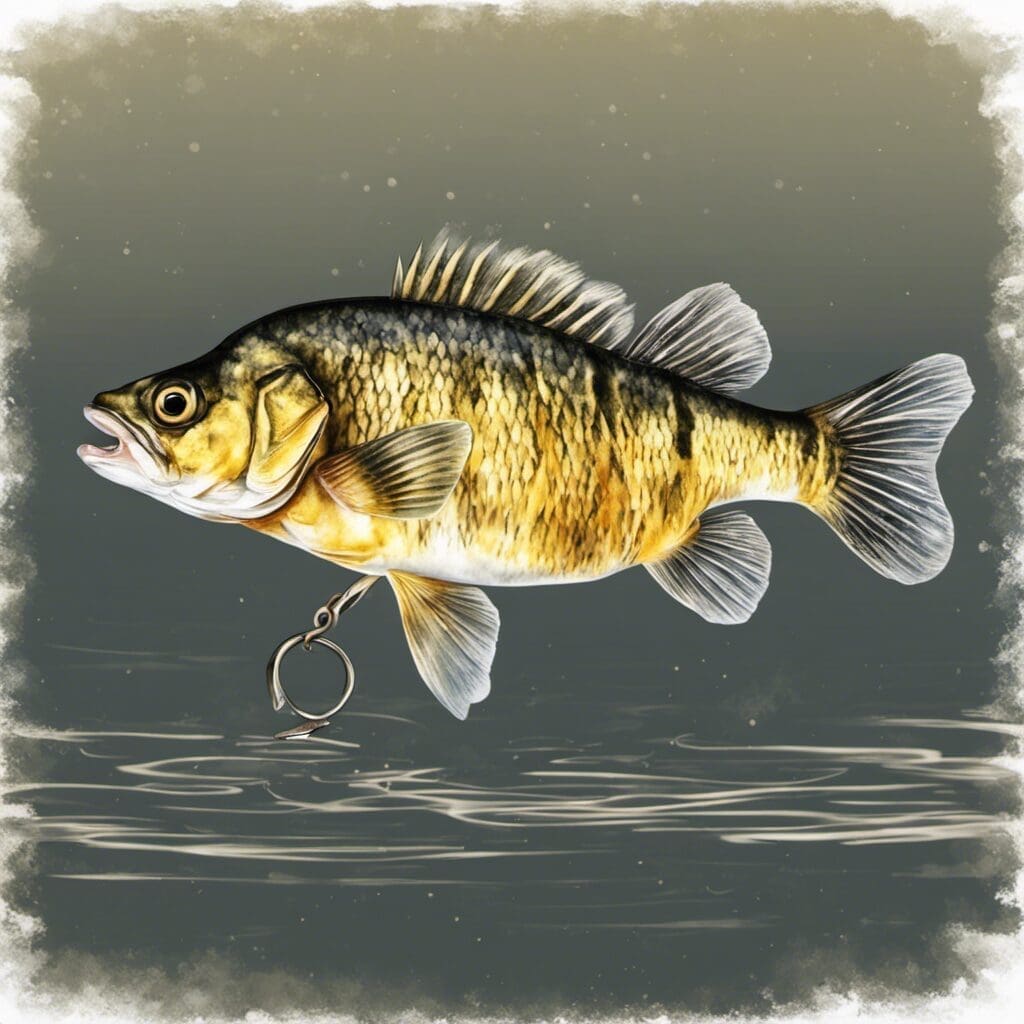Introduction
– Species Name: Golden Perch (Macquaria ambigua)
– Family Name: Percichthyidae
Conservation Status
– Current Status: Not Classified. Golden perch are not considered threatened at the national level.
– Conservation Efforts: Presently, the focus of conservation efforts is mainly on preserving their habitat from the adverse effects of development and environmental changes.
Statistics
| Length | Average: 30-50 cm | Range: 15-75 cm |
|---|---|---|
| Weight | Average: 2-13 kg | Range: 1-23 kg |
| Average Lifespan | Approximately 26 years | |
Distribution
– Regions/Countries: Primarily found in Australia’s Murray-Darling river system
– Migration Patterns: Mostly sedentary with limited migration
Habitats
– Water Type: Freshwater
– Depth Range: Commonly found at depths of 3-10 metres
– Temperature Range: Tolerant of water temperatures between 4 – 37°C
When and Where to See
– Seasonal Patterns: More active during the warmer months from October to April
– Time of Day: Primarily dusk and dawn, as they are most active feeders during these times.
Best Fishing Locations
– Specific Locations: Murray River, Lake Eildon, Lake Hume, Goulburn River in Victoria, Australia
– General Tips: Look for areas with cover such as submerged logs, vegetation, or undercut banks as Golden Perch are known to take shelter here
How to Catch
– Preferred Bait or Lures: Yabbies, worms, small fish, and various types of lures are effective
– Fishing Techniques: Casting, trolling and bottom fishing techniques all work well
– Best Time of Day or Season: Dusk and dawn during the warmer months are optimal for catching Golden Perch
Identification Guide
– Physical Characteristics: Golden yellow to dark greenish-brown body with small dark spots, a rounded and slightly forked tail, and large mouth with a small protruding lower jaw.
- Comparison with Similar Species: Compared to the silver perch, another common Australian species, the golden perch has a larger mouth and a more robust body.
Culinary
– How to Cook: Delicious when grilled, smoked, or baked
– Taste Profile: Tender with a mild, sweet flavor
– Nutritional Information: High in protein and omega-3 fatty acids
– Recipes: Popular dishes include Grilled Golden Perch with Lemon and Herb Butter and Golden Perch Fish Tacos
Additional Information
– Behavior: Golden Perch are carnivorous, primarily feeding on yabbies, shrimp, and smaller fish.
– Predators and Threats: Cormorants and humans are their most significant predators.
– Cultural/ Historical Significance: Indigenous Australians traditionally fished for Golden Perch. Today, the Golden Perch is appreciated as a popular sport fish in Australia.
References and Further Reading
– Animal Diversity Web: https://animaldiversity.org
– The American Museum of Natural History: https://www.amnh.org
– Regional Development Victoria: https://www.rdv.vic.gov.au
Remember, always strive for sustainable fishing practices to conserve these marvelous species for future generations

